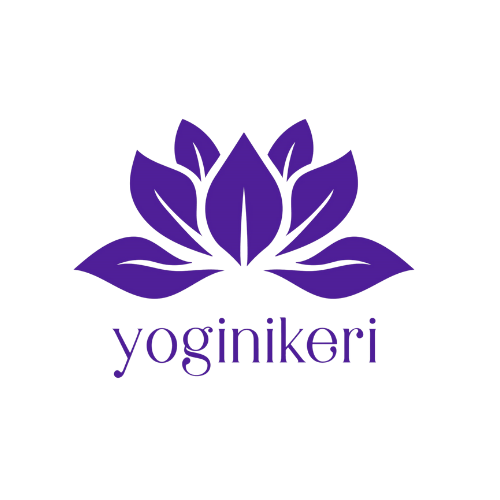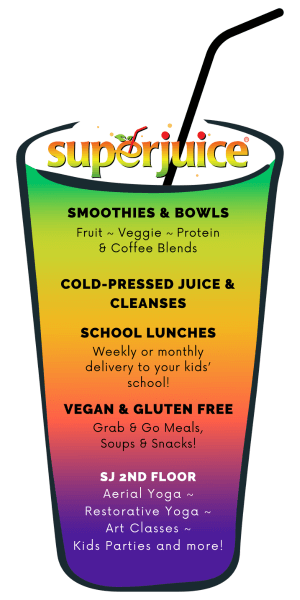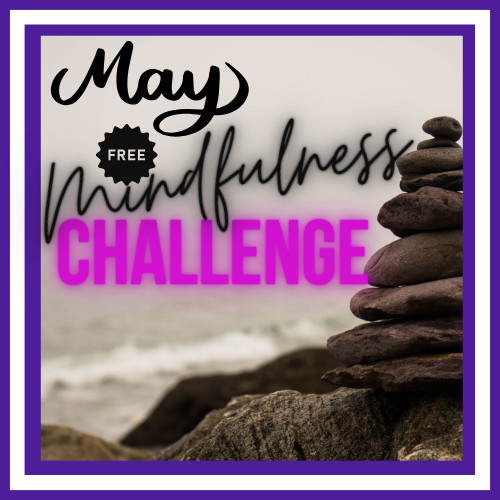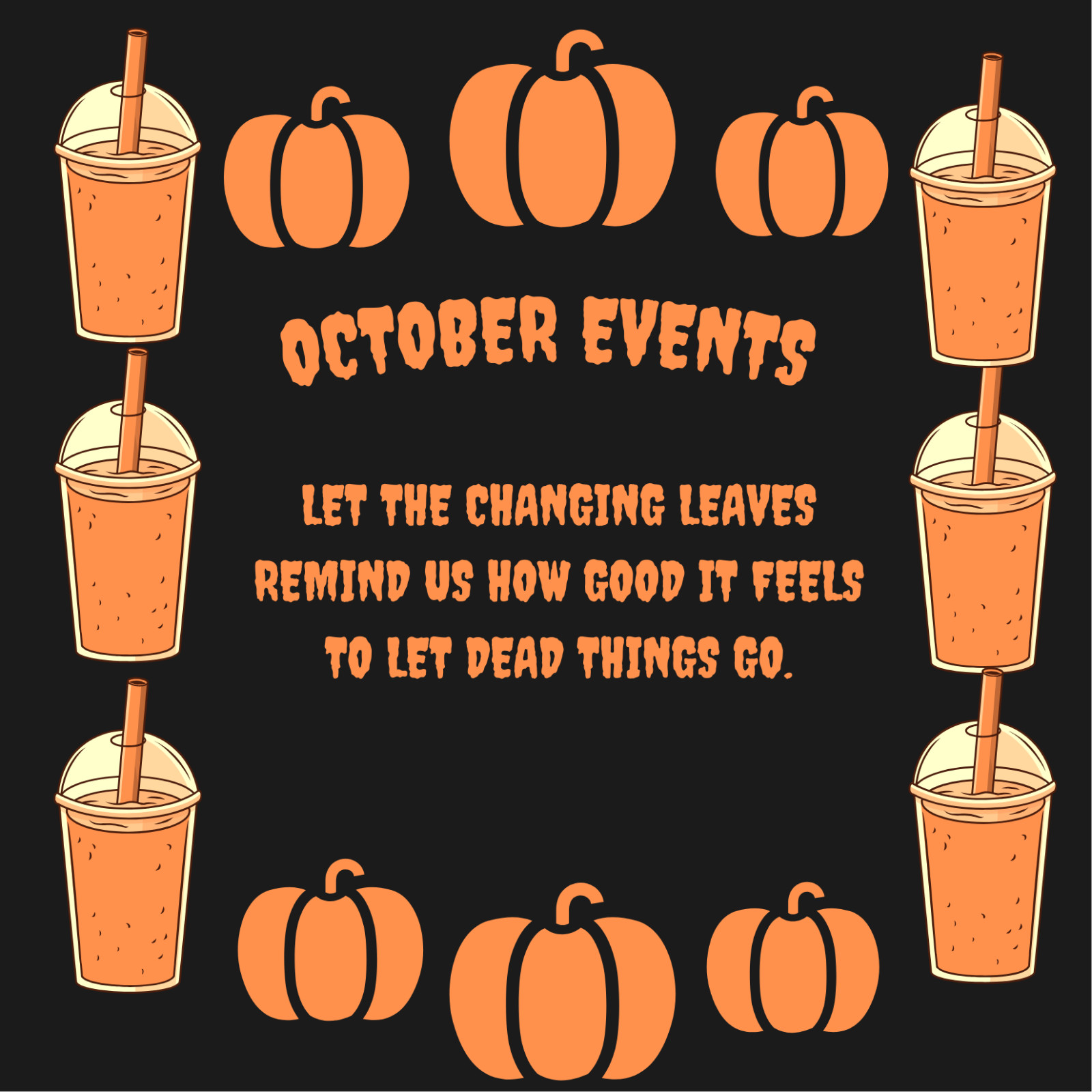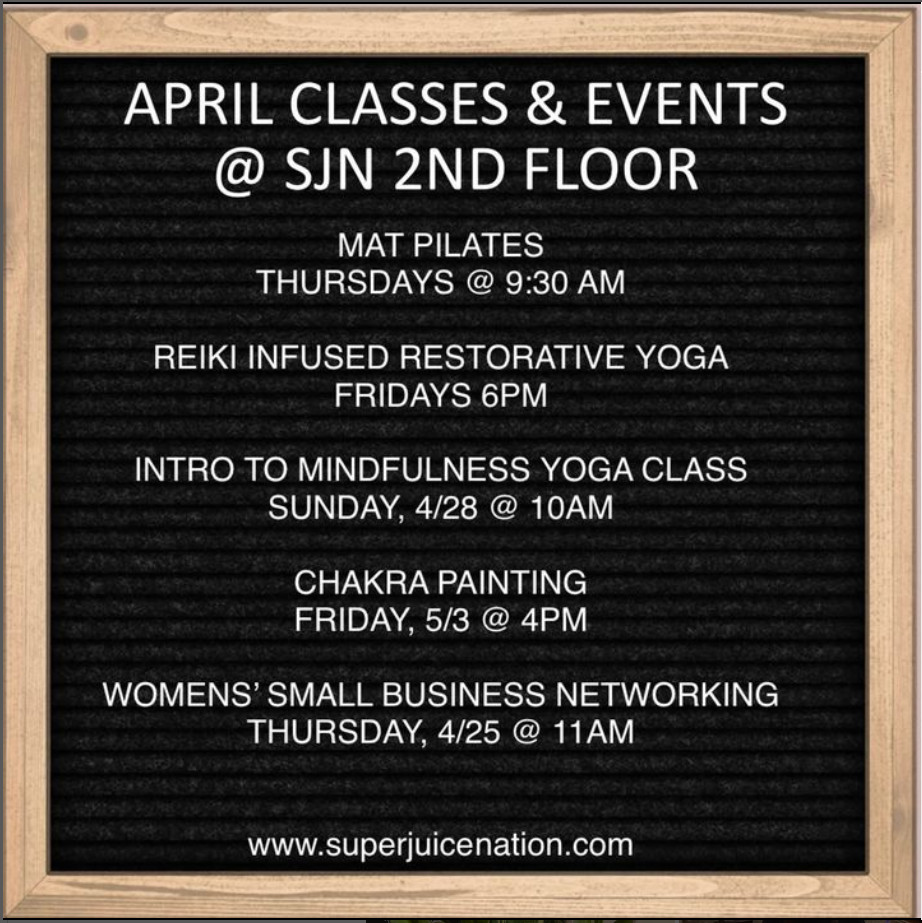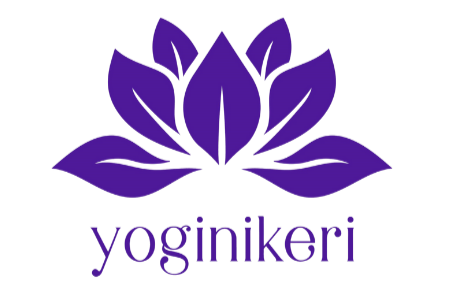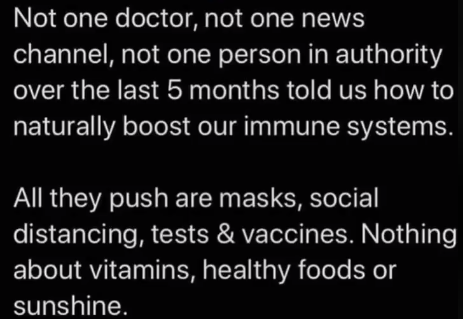
I don't know about you but I am SO tired of being led by doctors and media. If it were up to them I would just take a pill for this and a vaccine for that. There's a time and place for this method of medicine. What I want to chat about now is prevention medicine. How we are living our lives daily is how we can take charge of health through prevention. We should be caring for our GUTS daily....it's where 80% of our immune system is. We can't avoid every sickness BUT we can make sure that we've been working hard to have our immune system ready to fight for us when the time comes.
Let's start with what we eat....the American food system is broken in many ways, from lack of fresh produce in inner-city areas to unethical work conditions for farmers. To list them all would take up far too much of your time. Every time you spend a dollar, you vote for the way our food system operates. Here are some tips for helping you shop more consciously, sustainably, and healthily.Whenever possible, buy organic or local. These types of foods cut down on emissions and fossil fuels from transporting the food from far away. They also cut back on pollutants from agricultural chemicals.
Look for a few specific labels to support farm workers. If a food is marked Fairtrade, that indicates it was sustainably sourced, made in a way that doesn’t pollute water or airways, and ensures that farmers and workers receive fair prices and wages.
Not only will these shifts in shopping behavior help your community (and the world), but you’ll also end up with fresher, tastier, more nutrient-rich food.
Although each grocery store is set up differently, the overall layout is usually the same:
- produce on one wall
- fresh meats on one wall
- processed foods in the center aisles
- fresh meats on one wall
- processed foods in the center aisles
Next time you go to the grocery store, do your best to only shop along the four walls!
What we put on our body is JUST as important as what we eat...BECAUSE it absorbs into your bloodstream SO if I'm mindfully shopping for food, transform this way of thinking to your skin (our largest organ). This is EXACTLY why I do the monthly Young Living Essential Rewards program for ALL of my personal care products....it's mindfully made products that are more than organic with simple ingredients. Every month I restock my lotions, deodorants, toothpaste, mouthwash, soap, shampoo, hand sanitizer, etc.
What we put on our body is JUST as important as what we eat...BECAUSE it absorbs into your bloodstream SO if I'm mindfully shopping for food, transform this way of thinking to your skin (our largest organ). This is EXACTLY why I do the monthly Young Living Essential Rewards program for ALL of my personal care products....it's mindfully made products that are more than organic with simple ingredients. Every month I restock my lotions, deodorants, toothpaste, mouthwash, soap, shampoo, hand sanitizer, etc.
BONUS**I shop from me (instead of the CVS's, Walgreens, Amazons, etc of the world) so I make commission from me & others in my Young Living community. I don't know about you but I'd rather shop from my friends and family and ME than some giant corporation. Learn more about Essential Rewards here.
What we clean our house is JUST as important as what we eat & what goes on our skin...BECAUSE we are not only inhaling this stuff, it affects our environment. I came across THIEVES in 2018 and NEVER looked back because not only does it smells awesome (cinnamon, rosemary, clove, eucalyptus & lemon) it cleans toxic free. Between the household cleaner and laundry detergent, there is nothing else I need to buy to clean my house. Learn all about Thieves here.
These 3 things....food, personal care products & cleaning products are a great first step into mindful living. I call this Yoga off the mat because it takes everything I am learning from a yoga class and incorporating it into a lifestyle of truly caring for myself, family and world.
Join me on a healthy living journey of prevention medicine through mindful shopping. Join Young Living's shopping journey with me by choosing one of these kits to get started.
See below for some simple ways to swap out everyday toxins you take in daily to protect you immune system.
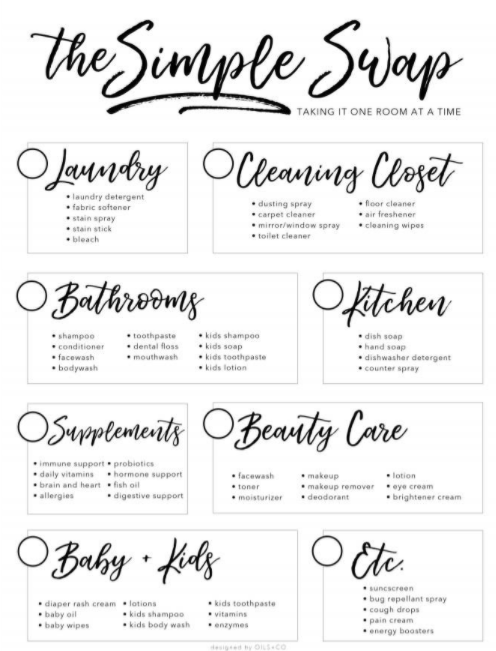
Join me on a healthy living journey of prevention medicine through mindful shopping. Join Young Living's shopping journey with me by choosing one of these kits to get started.
See below for some simple ways to swap out everyday toxins you take in daily to protect you immune system.

Take a moment to look down and see how you’re breathing right now. 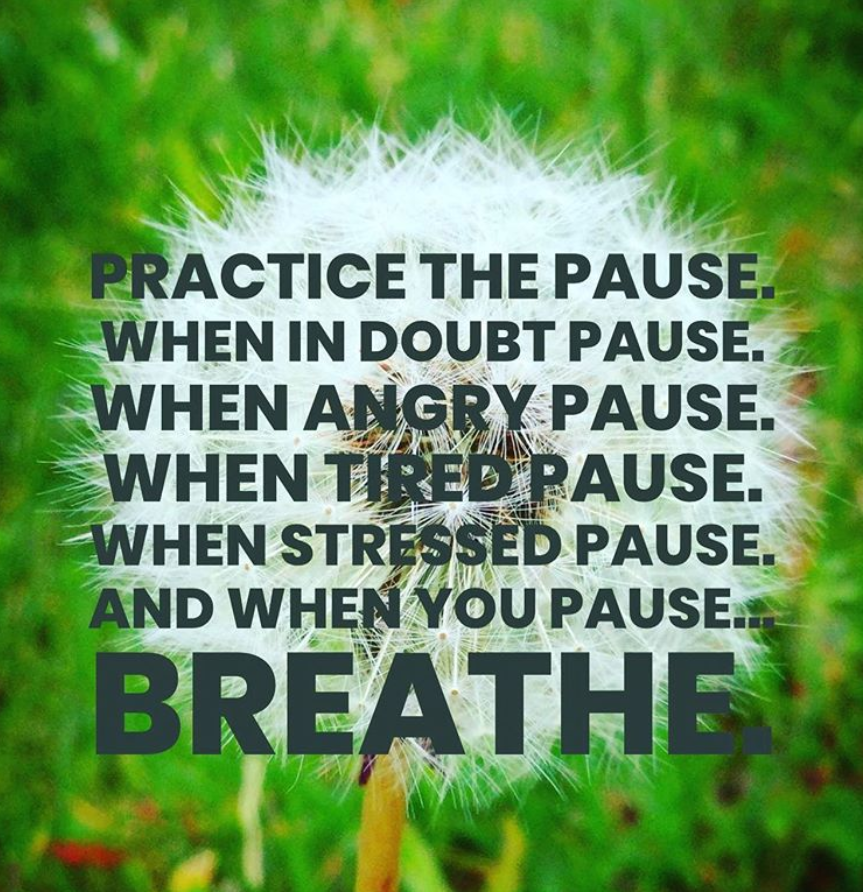
We breathe all day long without ever thinking about it. Usually, this type of breathing is shallow and relatively fast-paced, especially when we’re stressed.
When something causes us stress, our body reacts by increasing the heart rate, tensing up muscles, and increasing blood pressure. This state is also known as “fight or flight.” While this response is critical in dangerous situations, it can wreak havoc on the body and mind when it never shuts off. When you spill a cup of coffee, have less money in your bank account than you thought, or are generally feeling anxious, your body remains in a state of stress.
What can you do about it? Pay attention to your breath. #pause
Shallow breathing—the kind that naturally occurs when we’re stressed—limits the diaphragm’s range of motion and doesn’t allow the lungs to get their full share of oxygenated air, thus making you feel short of breath and more anxious.
Deep abdominal breathing encourages full oxygen exchange, which allows your lungs to get what they need and subsequently slow the heartbeat and lower or stabilize blood pressure.
Abdominal breathing occurs when you breathe in a way that your stomach rises and falls while your chest remains still with every breath.

When something causes us stress, our body reacts by increasing the heart rate, tensing up muscles, and increasing blood pressure. This state is also known as “fight or flight.” While this response is critical in dangerous situations, it can wreak havoc on the body and mind when it never shuts off. When you spill a cup of coffee, have less money in your bank account than you thought, or are generally feeling anxious, your body remains in a state of stress.
What can you do about it? Pay attention to your breath. #pause
Shallow breathing—the kind that naturally occurs when we’re stressed—limits the diaphragm’s range of motion and doesn’t allow the lungs to get their full share of oxygenated air, thus making you feel short of breath and more anxious.
Deep abdominal breathing encourages full oxygen exchange, which allows your lungs to get what they need and subsequently slow the heartbeat and lower or stabilize blood pressure.
Abdominal breathing occurs when you breathe in a way that your stomach rises and falls while your chest remains still with every breath.
🌻Habits take repetition & muscle memory to become part of our healthy lifestyle and feel it's benefits. Take the next 10-21 days to practice self-love, be more mindful, get better sleep and more. Join a challenge here.
Many studies have found that mind-body techniques can be useful in easing chronic pain such as migraines.
There are many types of meditation, so you're sure to find one that works best for you. The key is to practice daily, so you are prepared for future migraines.
Researchers are trying to learn more about what exactly happens in the body during meditation. Since many headaches are caused or aggravated by stress, tension, and anxiety, mind-body techniques like meditation may relieve headaches simply by alleviating underlying stress.
Here are a few common types of meditation to try:
- Mindfulness. Mindful meditation is possibly the best-known style. During this meditation, you learn to concentrate on your breathing as you try to become completely focused and present in each moment.
- Transcendental. This form of meditation is used by the Hindu religion and involves the use of mantras. Mantras are useful for blocking distracting thoughts.
- Vipassana. Vipassana means "to see things clearly." This form of meditation is also known as insight meditation. Vipassana requires focusing on the deep connections between the body and the mind.
- Zen. With zen meditation, you put your whole being into the meditation, to achieve a state of concentration and realize your true self.
Have you tried meditation? What did you think?
“When you have exhausted all possibilities, remember this: you haven’t.” – Thomas Edison
Watch my meditation webinar & join the 3 week challenge. Habits take about 3 weeks to form....that means it only takes 21 days to start fresh and change your life....this challenge is a great start!
